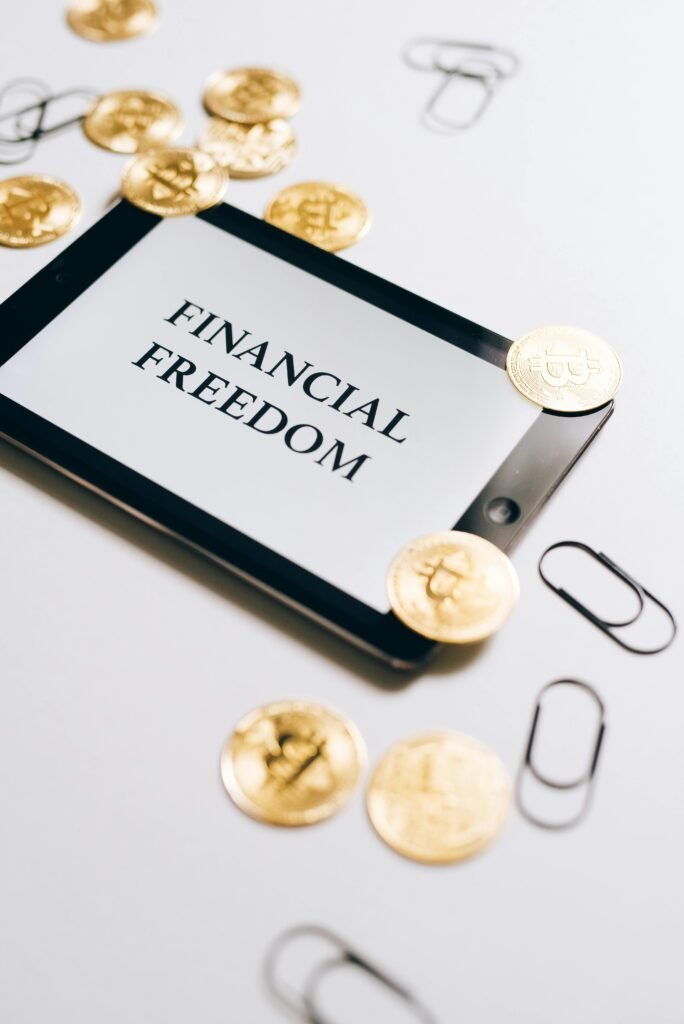Many people struggle with finances, often feeling trapped in a cycle of debt and limited opportunities. This blog post outlines key insights and actionable steps that can help you break free from financial constraints and work towards financial freedom. Let’s dive into the numbers and strategies that can reshape your financial landscape.
Understanding the Financial Landscape
Before we jump into the steps, it’s crucial to understand where you stand financially. Start with some eye-opening statistics:
- The average American has a negative net worth. In other words, many adults owe more than they own.
- The average minimum wage employee will earn over a million dollars in their lifetime.
- The median U.S. income can yield around $3 million over a person’s working life.
These figures highlight a fundamental truth: staying poor is often a choice. With a steady income, you have the potential to build wealth—if you manage it wisely.
Step 1: The Buy Nothing Challenge
The first step to transforming your financial situation is to take on the “Buy Nothing Challenge.” This challenge is simple yet powerful: stop all non-essential spending. Here’s how:
- Disconnect your credit card from online shopping platforms.
- Leave your wallet at home when you go out, minimizing temptation.
- Find ways to save on essentials like groceries by meal prepping and packing lunches.
This may sound extreme, but it’s a strategy that can lead to significant savings. When I started my journey, I lived with six roommates and shared a bedroom simply to save money. Living frugally can set the foundation for future wealth.
Step 2: Build an Emergency Fund
The second step involves creating an emergency fund. This fund should ideally contain between $1,000 and $5,000, allowing you to handle unexpected expenses without derailing your financial progress.
Many people fail to save because they aren’t prepared for life’s surprises. By having a financial freedom, you can navigate these challenges with less stress. Remember, the goal isn’t just to save, but to shift your mindset towards financial security.
Step 3: Pay Off Debt
Next, focus on paying off debt. There are two schools of thought here: the logical and the psychological. While it may seem sensible to tackle the highest-interest debt first, sometimes it’s more motivating to pay off smaller debts first for quick wins.
- List your debts from smallest to largest.
- Pay off the smallest debt first to gain momentum.
- Once you eliminate smaller debts, move on to larger ones.
This approach not only helps you reduce your debt but also boosts your confidence. Remember, we’re primarily focusing on consumer debt here—credit cards and personal loans, rather than mortgage or student loans.
Step 4: Expand Your Savings
After establishing your emergency fund and tackling debt, it’s time to build your savings further. Aim for three to six months of living expenses in a high-interest savings account. This not only prepares you for emergencies but also reduces anxiety around finances.
With a solid savings foundation, you can start looking for investment opportunities rather than just surviving paycheck to paycheck.
Step 5: Reduce Unnecessary Expenses
Now that you’re saving, it’s essential to eliminate unnecessary expenses. Consider downgrading your lifestyle:
- Trade in your leased car for a more affordable option.
- Consider living in a less expensive area or finding a roommate.
- Evaluate your subscriptions and memberships—cut what you don’t use.
Living below your means allows you to save more aggressively and invest in your future. The earlier you adopt this mindset, the more options you’ll have down the line. The more the chances of you to get to the financial freedom
Step 6: Invest in Yourself
The final step is to invest in your education and skills. Allocate a portion of your income to further your knowledge in areas that can increase your earning potential. This could mean taking online courses, attending workshops, or simply dedicating time to self-study.
- Set aside 15% of your pre-tax income for investments.
- Additionally, invest another 15% in your education to enhance your skills.
Investing in yourself can yield returns far greater than any stock market investment, especially if it leads to a higher income or a more lucrative career path.
The Importance of Mindset
Throughout this journey, your mindset plays a critical role. Transitioning from a victim mentality to a victor mentality can empower you to take control of your financial situation. Remember, wealth is not just about money—it’s about the decisions you make and the actions you take.
As you work through these steps, keep in mind that every small change adds up. The journey to financial freedom is not a sprint; it’s a marathon. Stay consistent, and over time, you’ll see significant progress.

Conclusion
In conclusion, breaking free from financial constraints requires commitment, strategy, and a willingness to change. By embracing the Buy Nothing Challenge, building an emergency fund, paying off debt, expanding your savings, reducing unnecessary expenses, and investing in yourself, you can pave the way to a more secure and prosperous future.
If you’re ready to take the first step, consider joining communities like Skool, where you can learn, share, and grow alongside others on the same journey. Remember, the journey to wealth starts with a single step—make yours today.


Leave a Reply